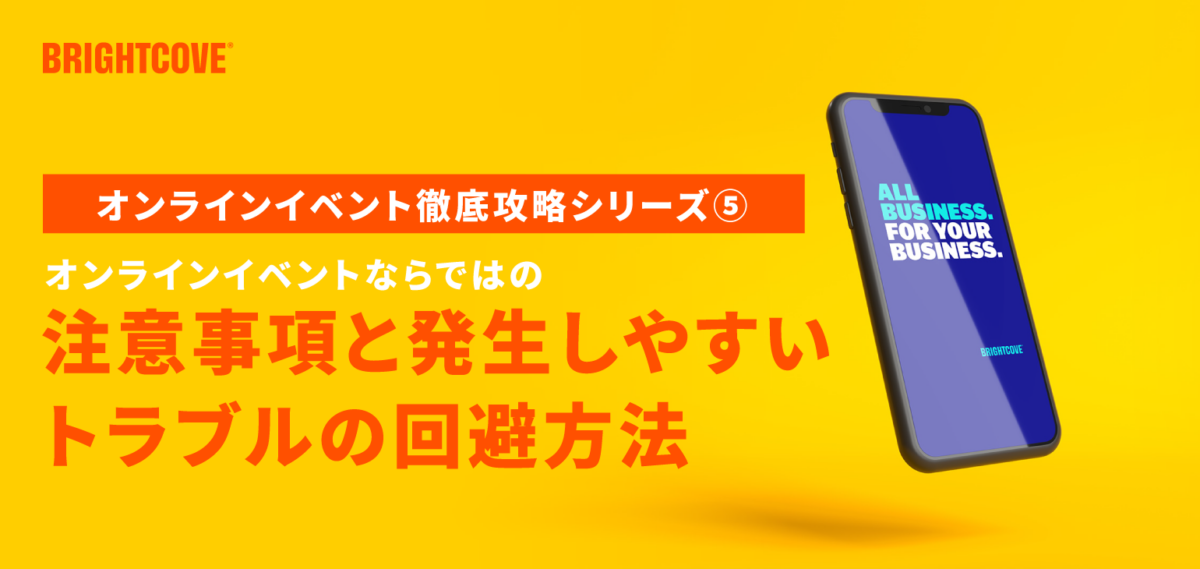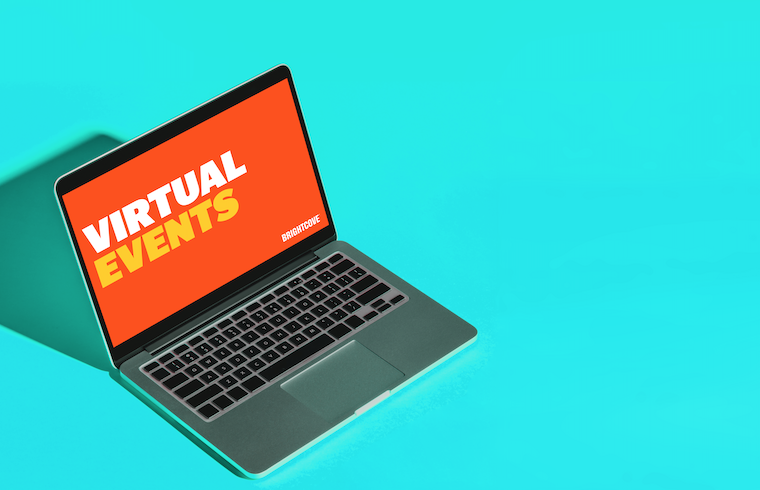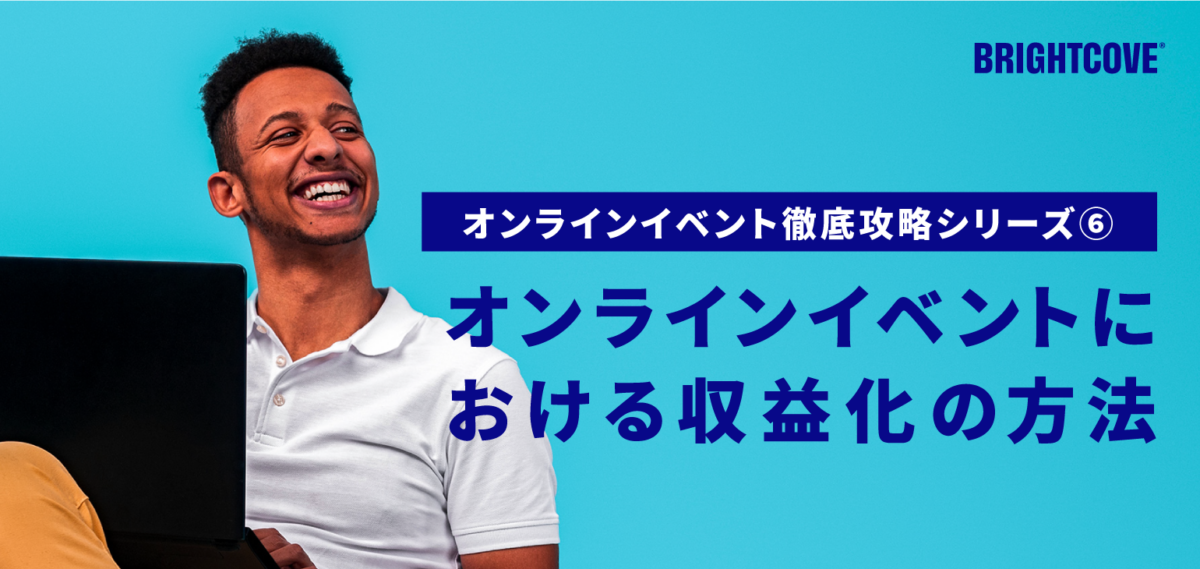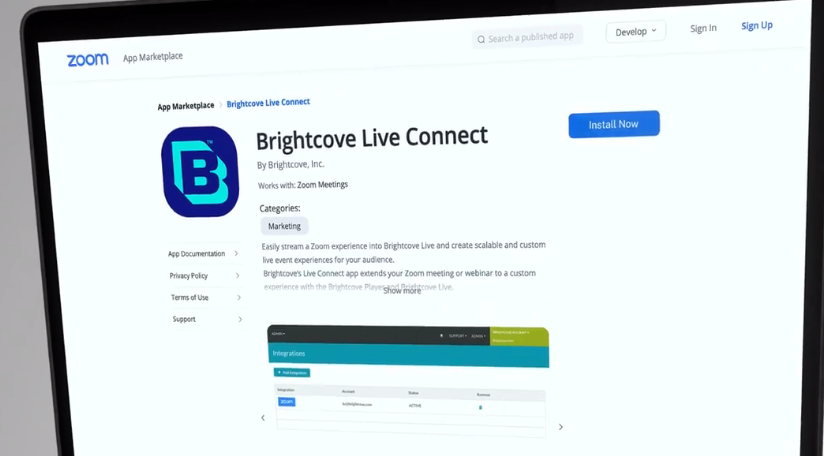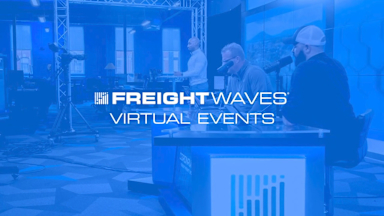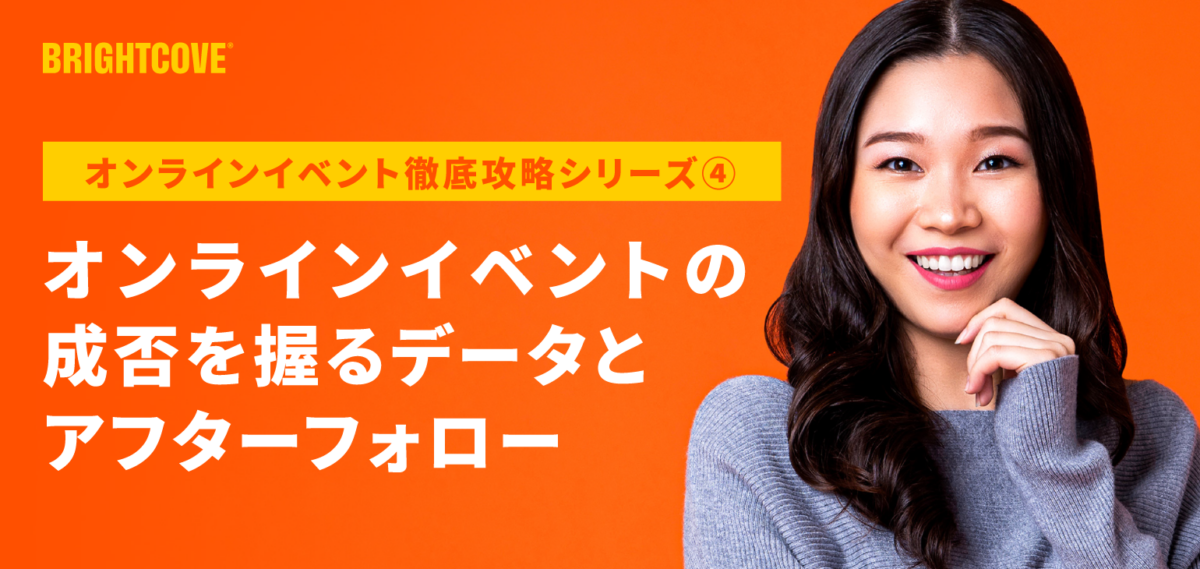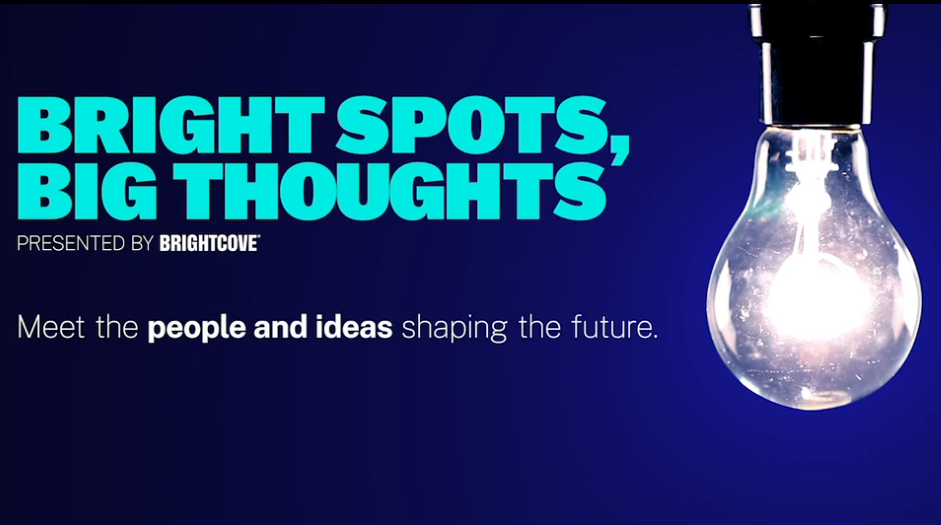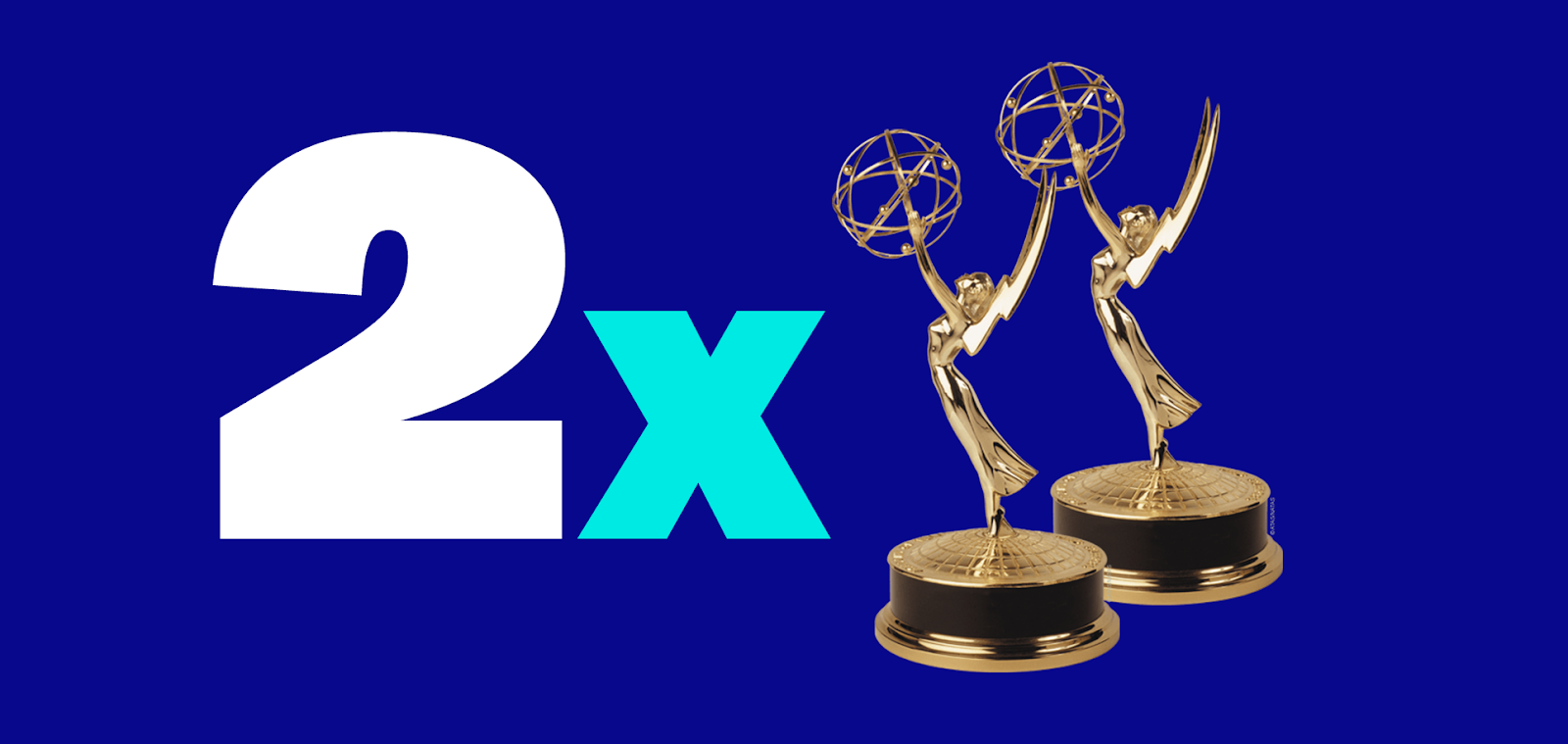3 REASONS WHY VIDEO IS THE FUTURE OF ALL LEARNING
bsp-admin-1 on February 19, 2021
While the global pandemic has accelerated the growth of the e-learning industry, in Asia this trend has been on an upward trajectory for years. In fact, the e-learning market is expected to expand into a $90 billion USD opportunity in five years, with a projected CAGR of 11% from 2020 to 2026.
Due to competitive labour markets, education has always been a top priority in Asian countries. Not only are parents investing heavily in educating their children, national governments are also making learning and development top policy priorities. Lifelong learning, for instance, is extensively promoted by the Singapore government through the SkillsFuture initiative, a national program that seeks to guide learners on how to face new challenges and meet the needs of a rapidly changing economy.
Digital transformation in the education industry is well underway, with video as the catalyst that allows subject matter experts to reach global audiences easily while also making education generally more available and more affordable.
For students, online and on-demand educational videos help them learn anything and everything, from professional skills in information technology to the latest TikTok dance craze.
If you haven’t incorporated video into your online education and training courses yet, here are 3 reasons why you should.
1. TOTAL FLEXIBILITY AND PERSONALIZATION MEANS BETTER LEARNING EXPERIENCES
When it comes to enhancing flexibility and personalizing every step of the learning journey, video offers endless possibilities.
Video allows students to learn on the go and start or pause a lesson at any time. They can easily revisit lectures on demand and spend more time with concepts or content they may have missed the first time around.
For busy professionals spending long hours working and juggling responsibilities at home, video gives them the flexibility to decide what they want to learn and when they want to study.
And for education providers, video enables personalized learning experiences based on each student’s needs, as opposed to the one-size-fits-all approach typically seen in physical classroom settings. Educators can create videos and learning plans for different demographic segments, and they can reach students all over the world by adding multi-language subtitles.
2. INTERACTIVE VIDEO HELPS KEEP LEARNERS ENGAGED
While video has its advantages, it remains a largely passive experience unless students can actively participate and take control of their learning journey.
Fortunately, there are a number of ways to make videos interactive. For instance, including links to additional information or incorporating a multi-view feature allows key lessons to be experienced from different perspectives. Gamifying lesson paths, where learners make decisions about what happens next, can demonstrate how a series of choices can lead to different outcomes.
Educators can also create game-based learning plans in which points are earned for making the right decisions, trophies can reward learning milestones, and a final score can determine overall performance.
3. DATA UNLOCKS AUDIENCE INSIGHTS TO DRIVE MORE MEANINGFUL CONTENT CREATION
When you’re privy to individuals’ viewing behavior and preferences, such as what kind of content they’re watching and for how long, you gain insight into their interests as well as the effectiveness of your lessons or tutorials.
For instance, if a high percentage of viewers are jumping ahead to the next video before finishing the one they’re already on, chances are there are opportunities to make the lesson more engaging. Similarly, repeated viewings or constant playback might be an indication that the lesson is challenging to follow or not getting through to the learner.
By knowing who is watching what, you can also make tailored recommendations for what to learn next based on the content the learner is most likely to be interested in. Then all that’s left to do is sit back and watch student customer conversion and retention rates rise.
There’s no turning back from video in education. Even as in-person learning slowly resumes, we’ll continue to see education providers use video to reach global audiences with interactive lessons that keep learners coming back for more.
If you’re looking to move your class online, optimize your online course offerings with live or on-demand video streaming, or transform your corporate training programs with video, talk to us at Brightcove and see how we can help you deliver effective and compelling experiences for your learners.


